by Ava Lim

In the world of interior design, the fusion of different styles often leads to the creation of something extraordinary. One such fusion that has gained immense popularity in recent years is "Japandi" – a seamless marriage of Japanese and Scandinavian design aesthetics.
In this article, Sunnyside will showcase the beauty of Japandi interior design in Singapore homes by understanding how this Japandi concept came about. With the focus of creating serene living spaces, Japandi interiors are characterized by clean lines, natural materials, a neutral color palette.
Many interior design firms in Singapore have been at the forefront of this Japandi trend, crafting inspirational Japandi houses that beautifully blend the best of both Scandinavian interior design and Japanese interior design.
The Essence of Japandi Style
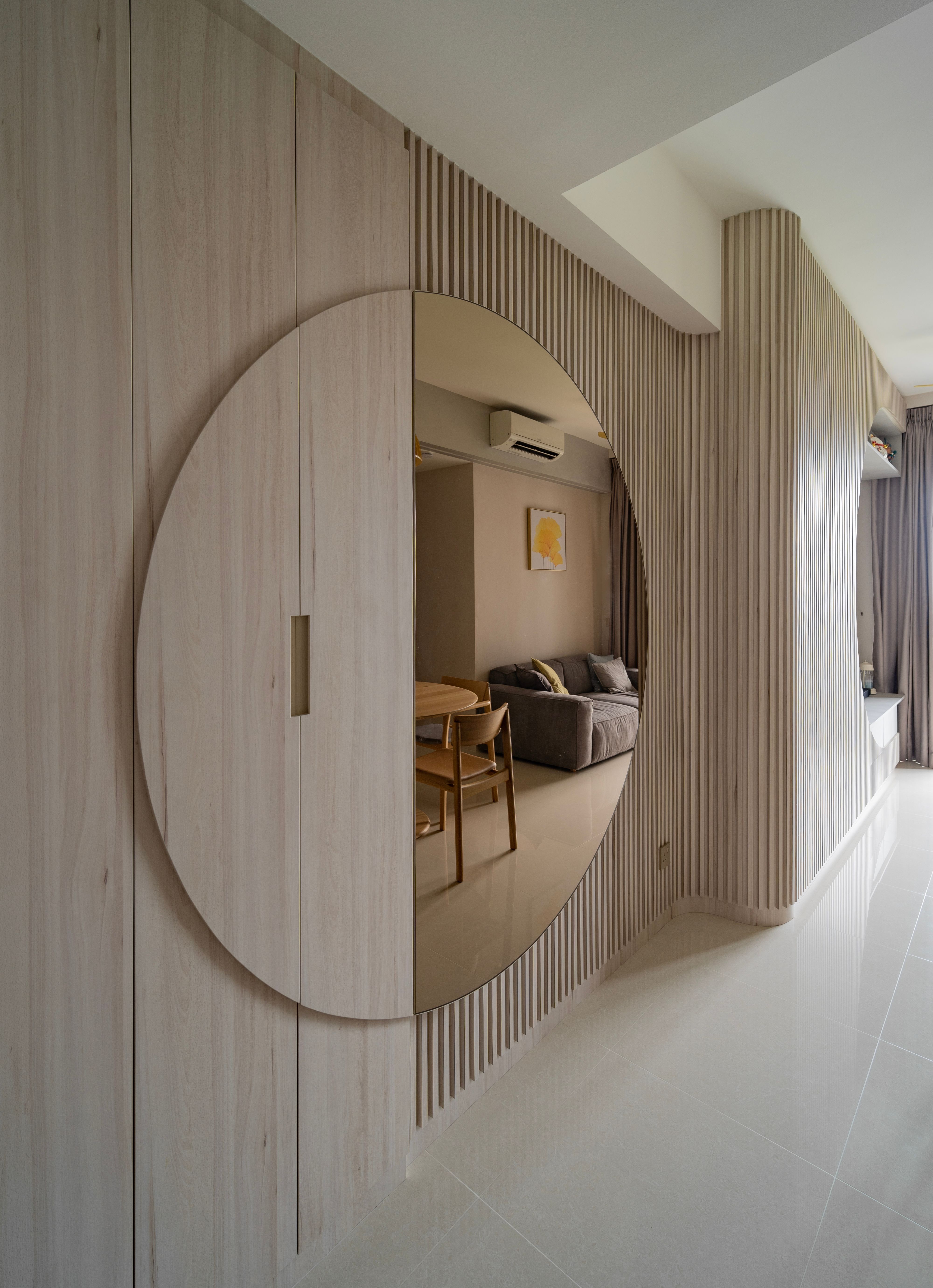
At its core, the Japandi style draws inspiration from Japanese and Scandinavian design philosophies, creating a balance between the minimalism and functionality of Japanese design and the warmth and coziness of Scandinavian interiors. The Japandi interior design styles embrace natural elements, natural light, and organic and natural materials to create spaces that exude tranquility and sophistication.
The Principles of Japanese Interior Design
Japanese Minimalism: Understanding the Neutral Palette
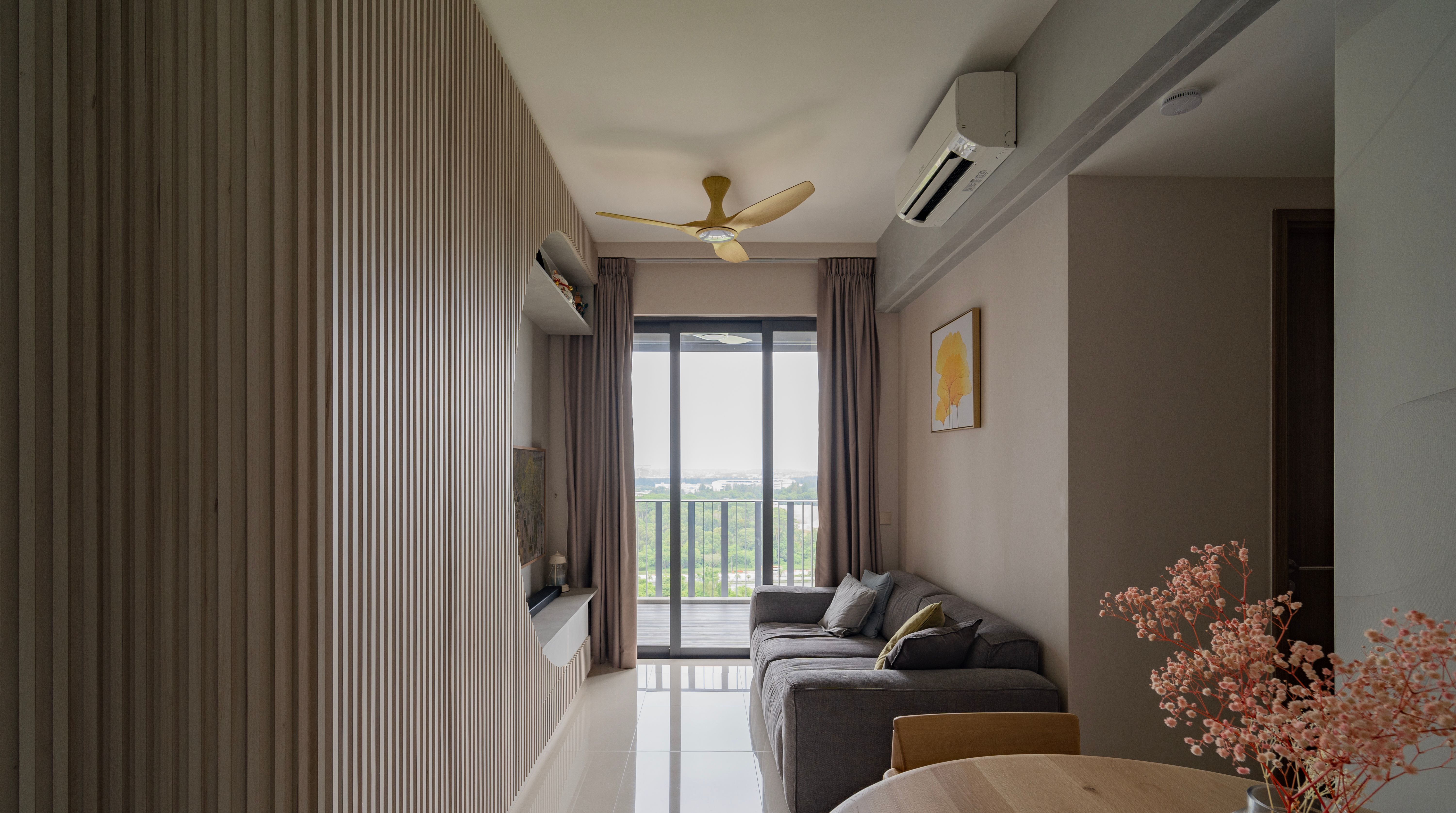
A neutral palette in Japandi homes is characterized by a range of subdued and earthy tones. No matter in your living room, bedroom or other rooms in your home, shades of white, beige, gray and soft pastels are your go-to colors if you want to create a Japanese wabi-sabi interior design style. These neutral colors are intentionally chosen for their ability to create a calming and tranquil atmosphere within a Japandi space.
Natural Materials and Clean Lines

One key element of the Japanese style of interior design is the use of natural materials such as wood, stone, and bamboo which come in organic shapes. Interior design firms in Singapore have adeptly incorporated these materials into their projects, bringing out the natural beauty of each element.
Wood, in particular, plays a significant role in Japandi spaces. Light wood is often used for furniture pieces, flooring, and even sliding doors. The use of other natural materials like stone and bamboo blinds adds visual interest and texture to the design.
The Influence of Japanese Culture
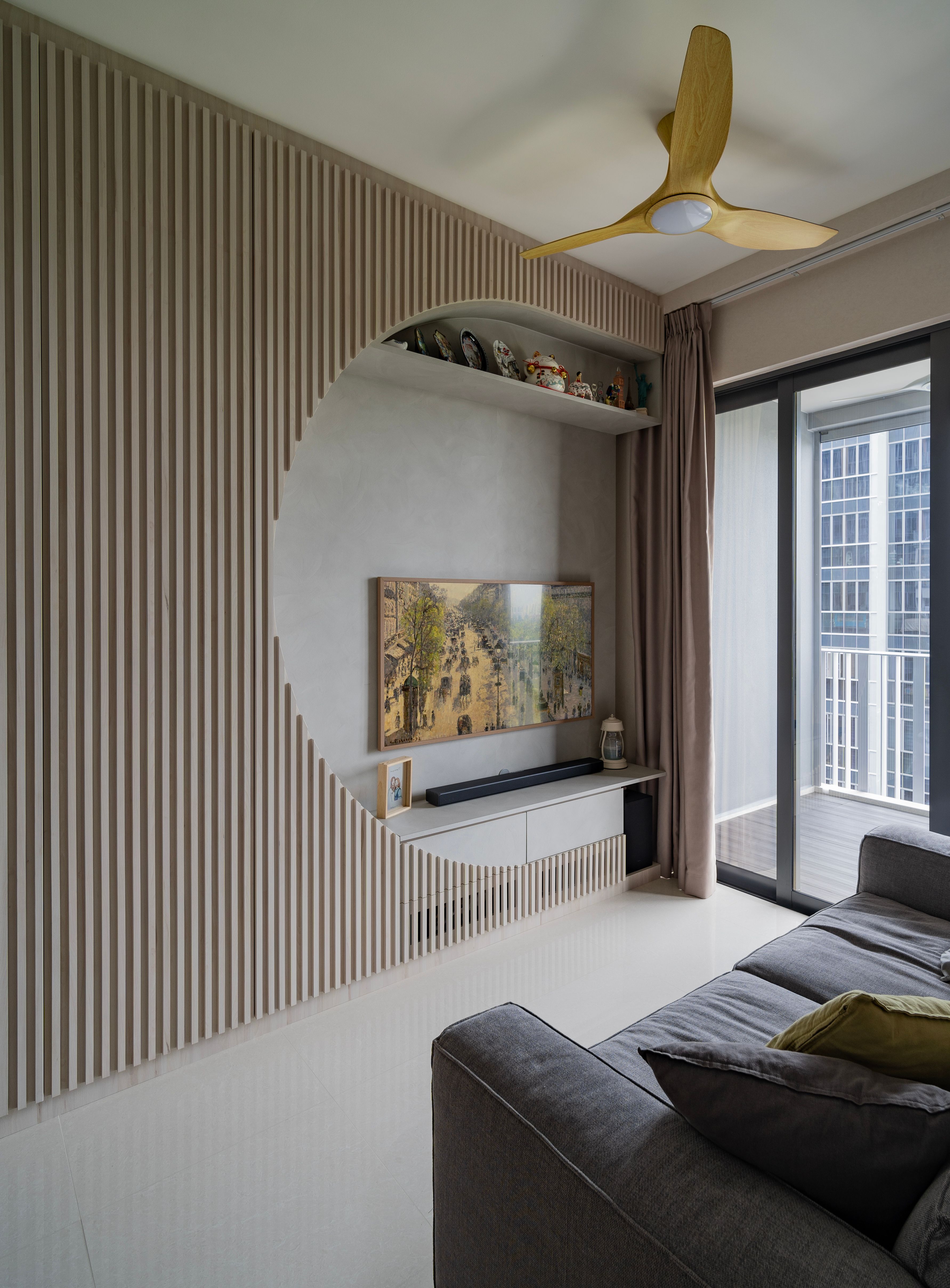
Japanese culture has long celebrated the attractiveness of simplicity, and this is vividly reflected in the choice of a light color palette. Muted colors and an emphasis on natural beauty are fundamental to Japanese culture. The use of soft, neutral hues allows for a sense of serenity and purity, echoing the principles of Wabi-Sabi, which embraces the acceptance of imperfection and the transience of all things.
Designing A Serene Living Space
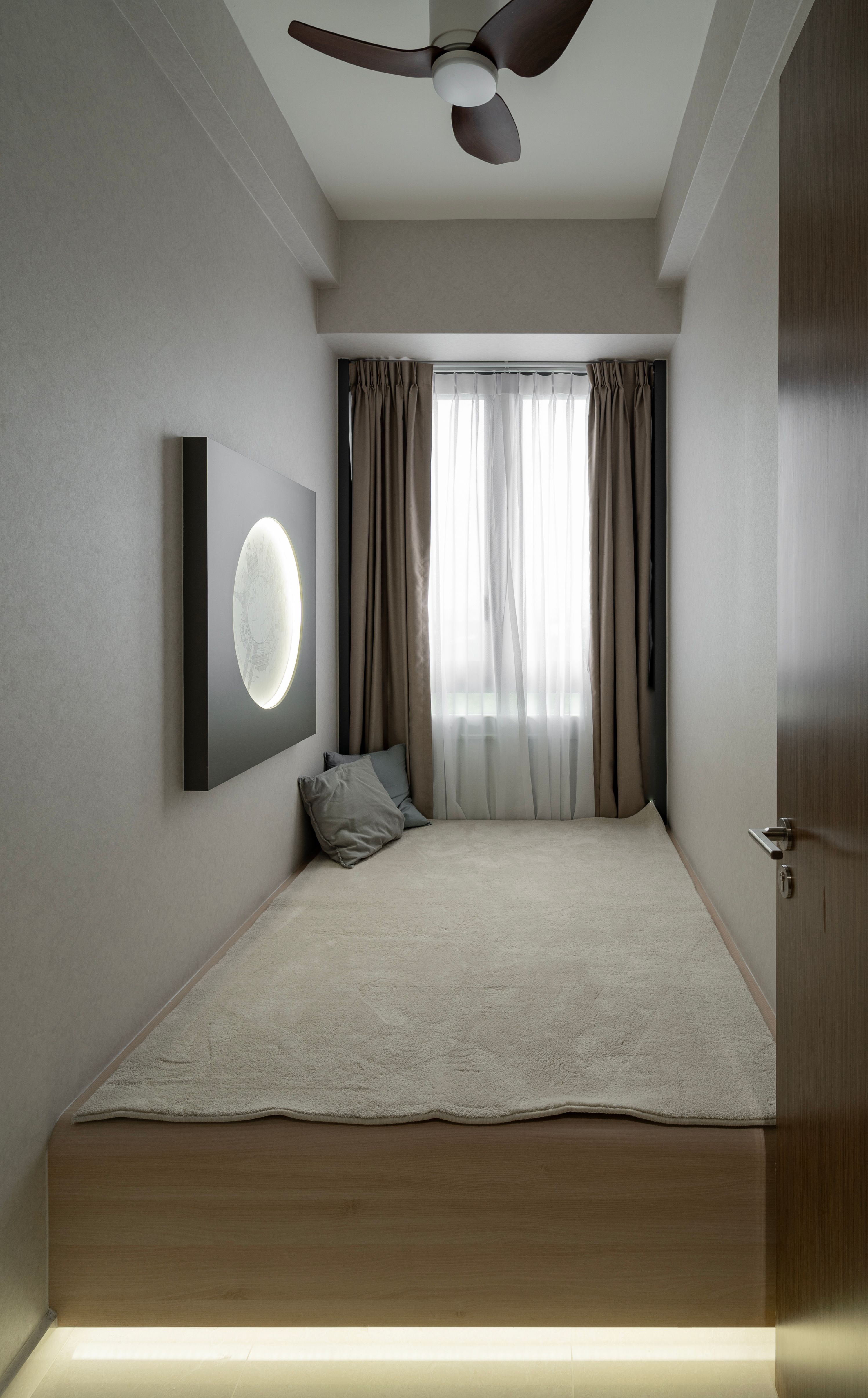
In a modern Japanese interior design home, the focus is all about creating serene living spaces that serve as a harmonious blend of different design elements. Other than a neutral color palette and natural materials, a Japanese serene living space often features greens and a focus on negative space to allow key elements to shine. Large windows are incorporated to bring in natural light, creating a connection to the surrounding nature and enhancing the overall sense of tranquility.
Japanese and Scandinavian styles
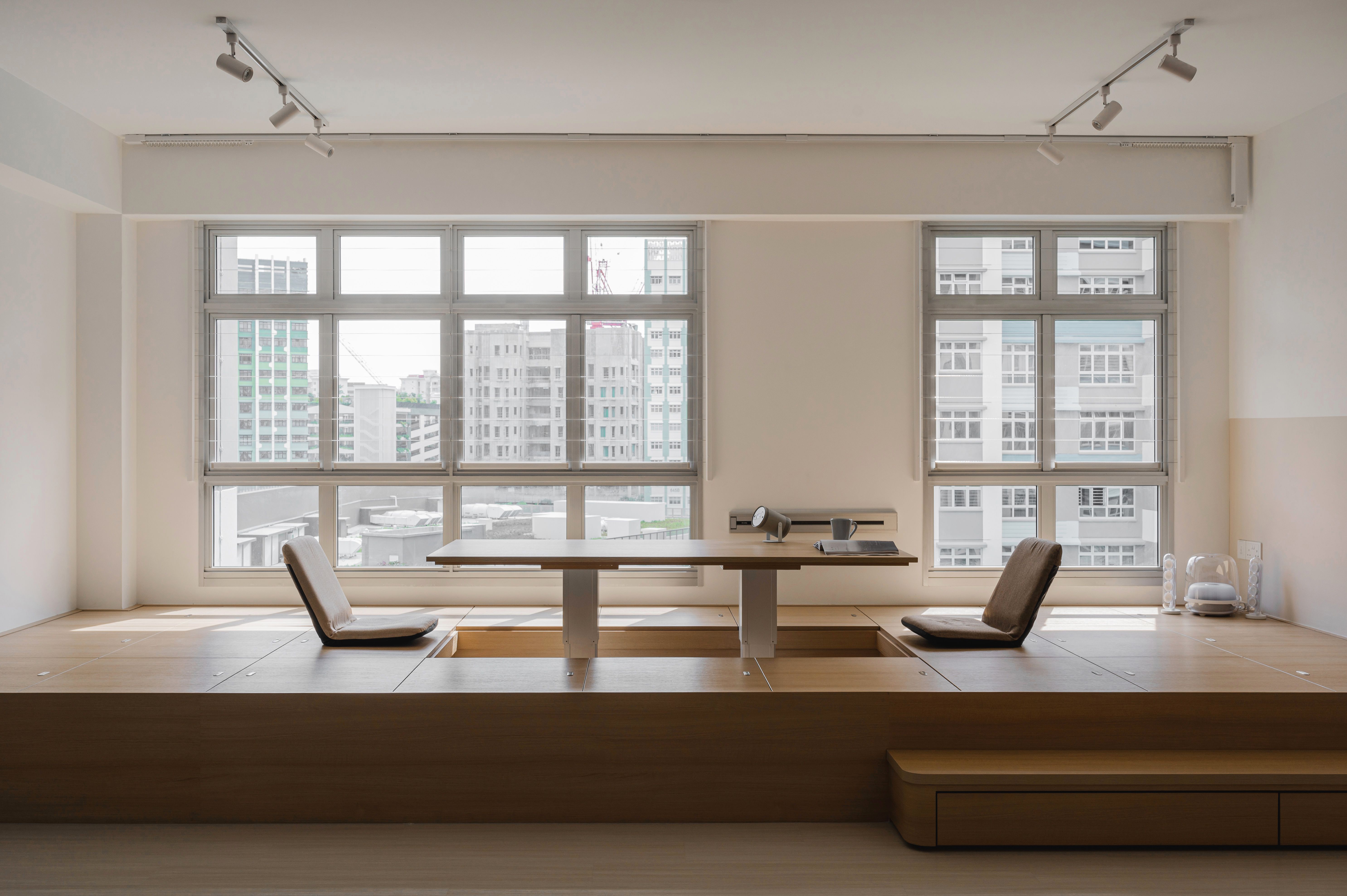
The combination of Japanese and Scandinavian interior design styles contributes to the Japandi design style by introducing a sense of simplicity, functionality, and understated elegance. Nordic design was reinforced by Japanese art aesthetics. The innate love of nature in Nordic countries found support in all of Japanese art, making it possible for the two cultures to easily blend with one another.
Danish designers, known for their expertise in clean lines and functional interiors, have played a pivotal role in shaping the Japandi movement. The neutral palettes and uncluttered spaces characteristic of Scandinavian homes seamlessly integrate with the Japanese concept of Wabi-Sabi – finding beauty in imperfection and the passage of time.
Japandi: A New Aesthetic for Eco-Friendly Living
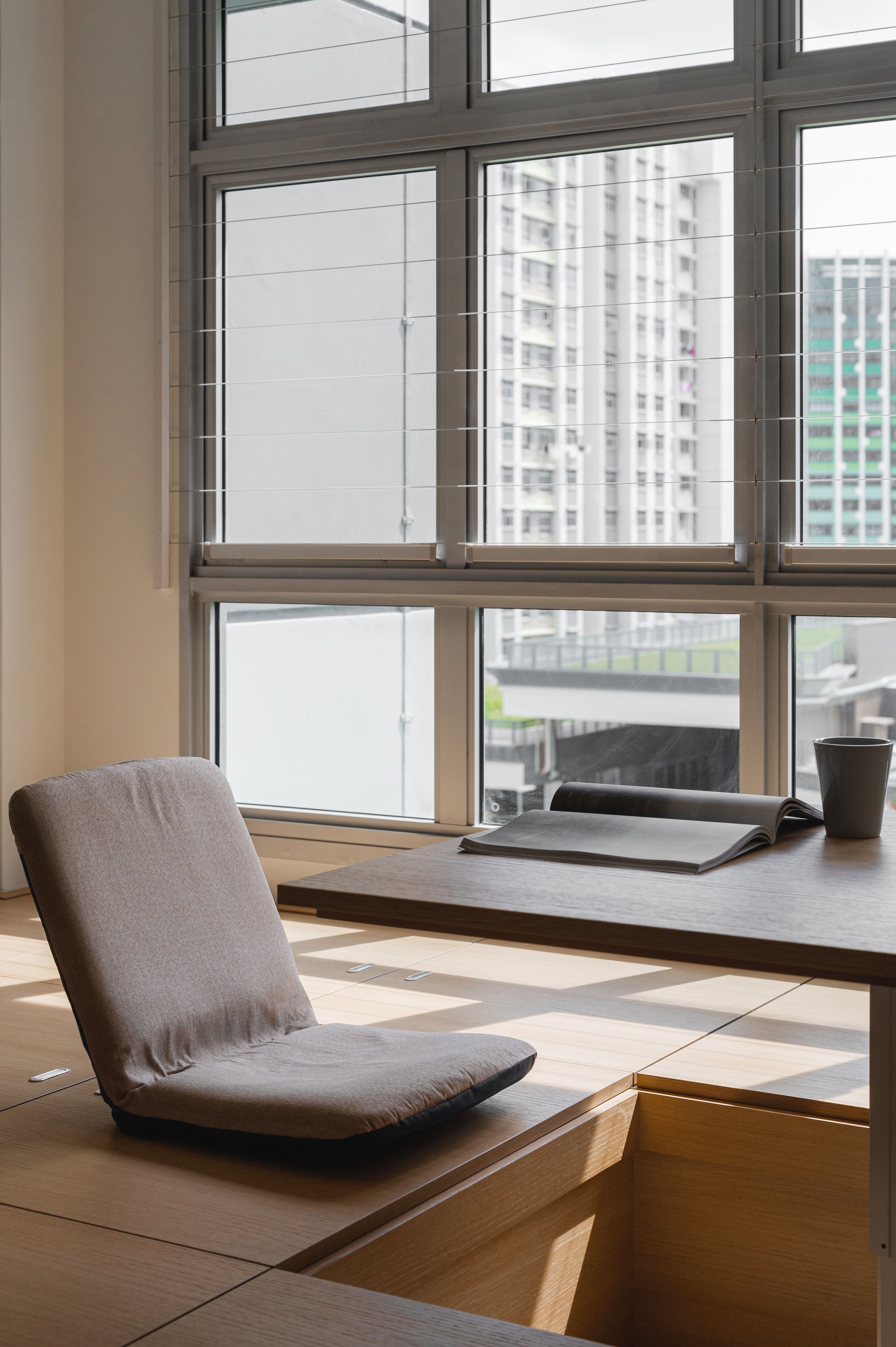
One of the remarkable aspects of Japandi design is its eco-friendly nature. By using natural materials and incorporating elements of nature into the design, it creates a space that is not only aesthetically pleasing but also sustainable. The choice of furniture and accent pieces in Japandi interiors reflects a commitment to simplicity, functionality, and the beauty of natural materials.
The Beauty of Japandi
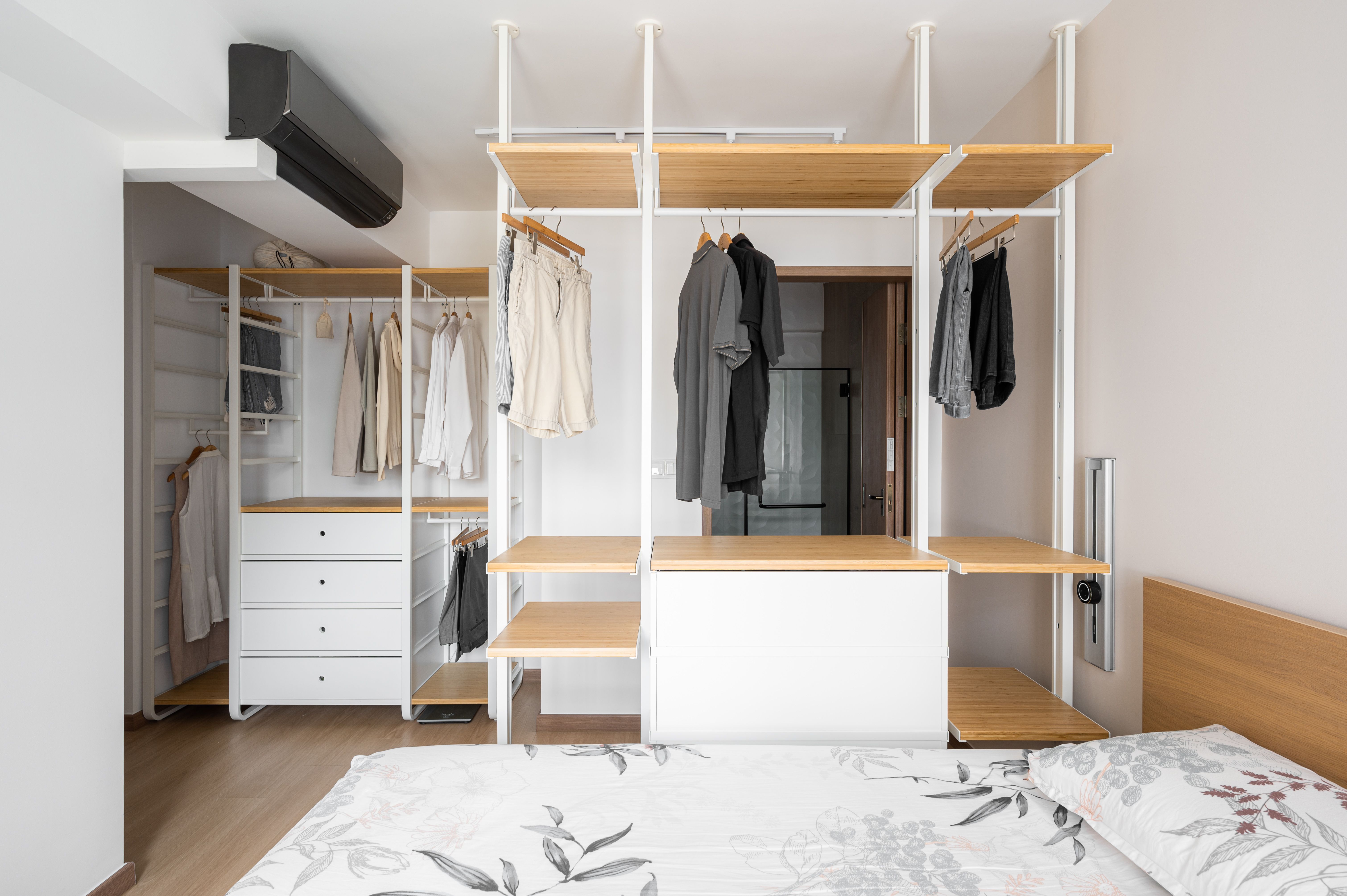
In Singapore, interior design firms have embraced the Japandi interior design style to create living spaces that are not just visually appealing but also deeply functional. By harnessing the important elements of Japanese and Scandinavian design, these designers have succeeded in crafting homes that exude a sense of belongingness, beauty, and understated elegance.
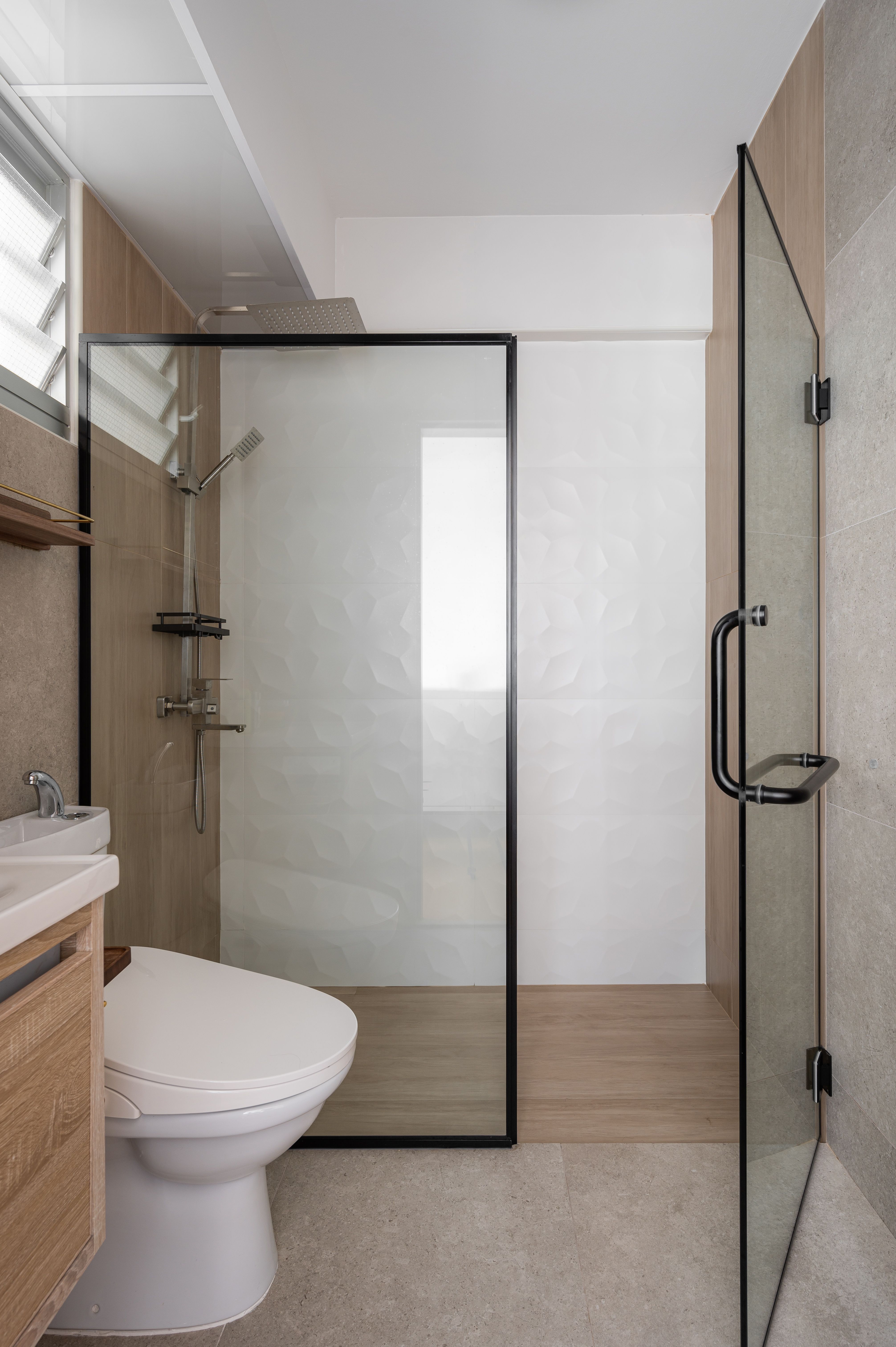
In conclusion, Japandi interior design represents a perfect union of two distinct design philosophies – Japanese and Scandinavian. It emphasizes using natural materials, clean lines, and a neutral color palette to create aesthetically pleasing and highly functional spaces.
Singaporean interior design firms have been instrumental in promoting this design style, and their work inspires those seeking to create Japandi-inspired homes that celebrate the beauty of simplicity and nature.
Undeniably, the Japandi style is a very versatile choice if you appreciate simple forms and minimalism. If you want to read more articles like this, head here for an article about vinyl flooring. There are more articles on various topics on our website. Remember to follow us on Instagram and Facebook for bite-size information. For video content, subscribe to our YouTube channel, Sunny Morning Films. Thanks for reading!
About the Author:
Ava Lim is a skilled copywriter with a keen eye for the nuances of interior design and architectural aesthetics. With years of experience in the industry, Ava combines her expertise with a creative flair to produce compelling content that resonates with both professionals and enthusiasts alike. When she's not crafting articles, Ava indulges in her other passions—painting and singing.





